
Category:
Time:
Predictive food microbiology models are increasingly applied to evaluate, improve and document microbiological food safety of fresh and lightly preserved foods. Within the dairy sector, these mathematical models and software may contribute to innovations in product formulation, packaging and distribution. However, this potential seems far from fully exploited.
Predictive food microbiology models can be used to evaluate the combined effect of product characteristics and storage conditions on growth or survival of human pathogenic microorganisms. In relation to product formulation or reformulation, e.g. when salt/sodium is reduced, it can be important to evaluate how other product characteristics need to be changed to compensate for the changes and obtain a sufficient microbial inhibition. Related to product distribution, models and software can be applied to evaluate the effect of constant and changing temperature on potential microbial growth after the consumers have opened the packaged products and starting storing them in their own refrigerators.
To be valuable, predictive food microbiology models must be accurate and include the effect that specific processing and distribution parameters have on the microbial growth and survival.
An overview of available predictive food microbiology models for dairy products will be presented with description of the factors they included, and the models’ performance when applied for specific groups of dairy products: Raw and pasteurized milk as well as fermented products including fresh and ripened cheeses. Special focus will be on the cardinal parameter model and on software available for the dairy sector.
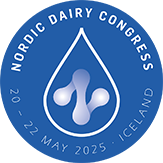








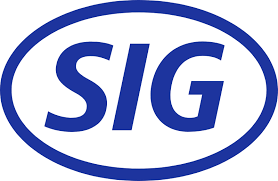




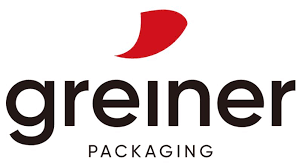
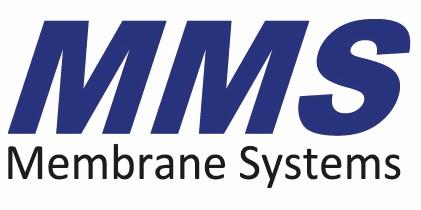


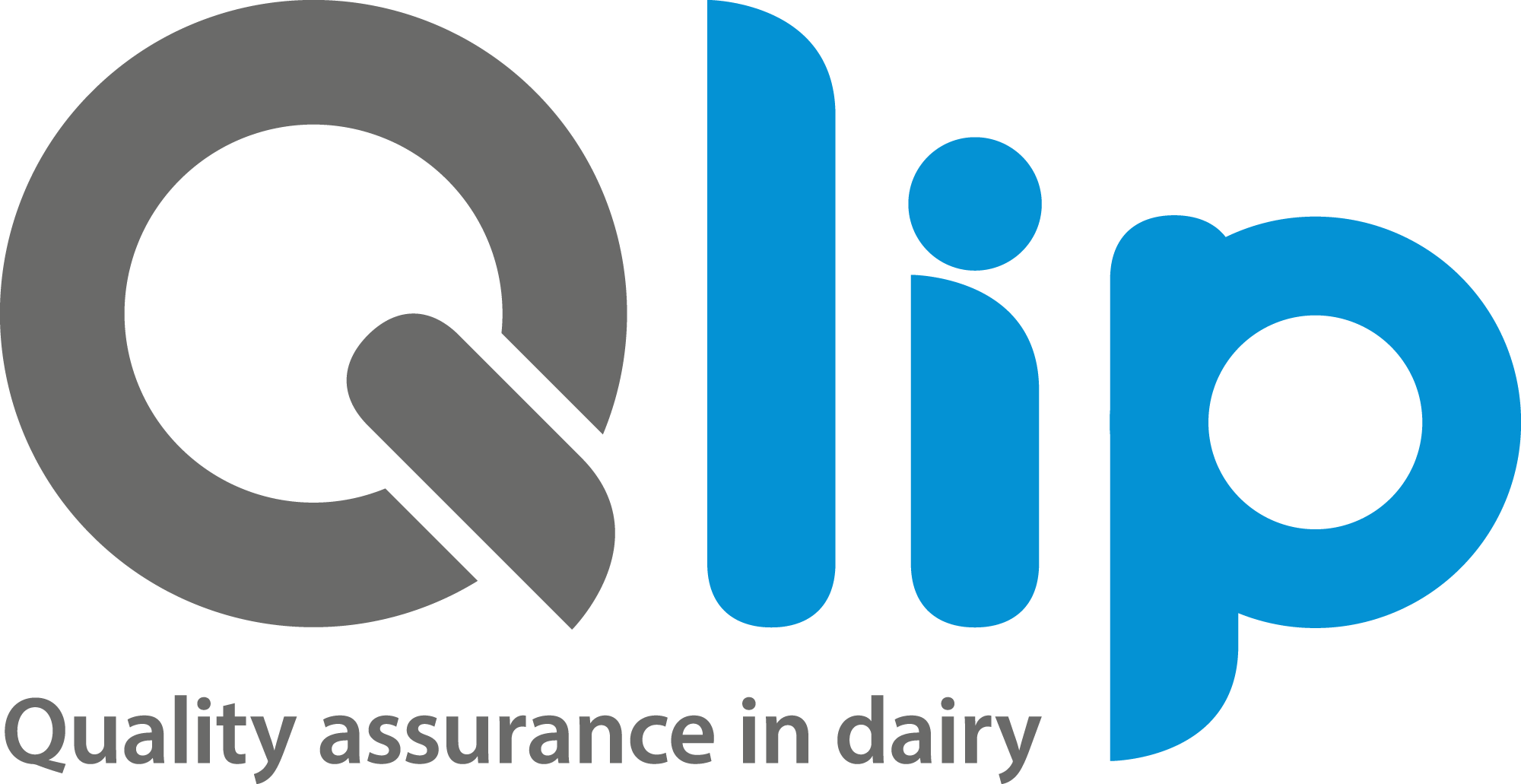
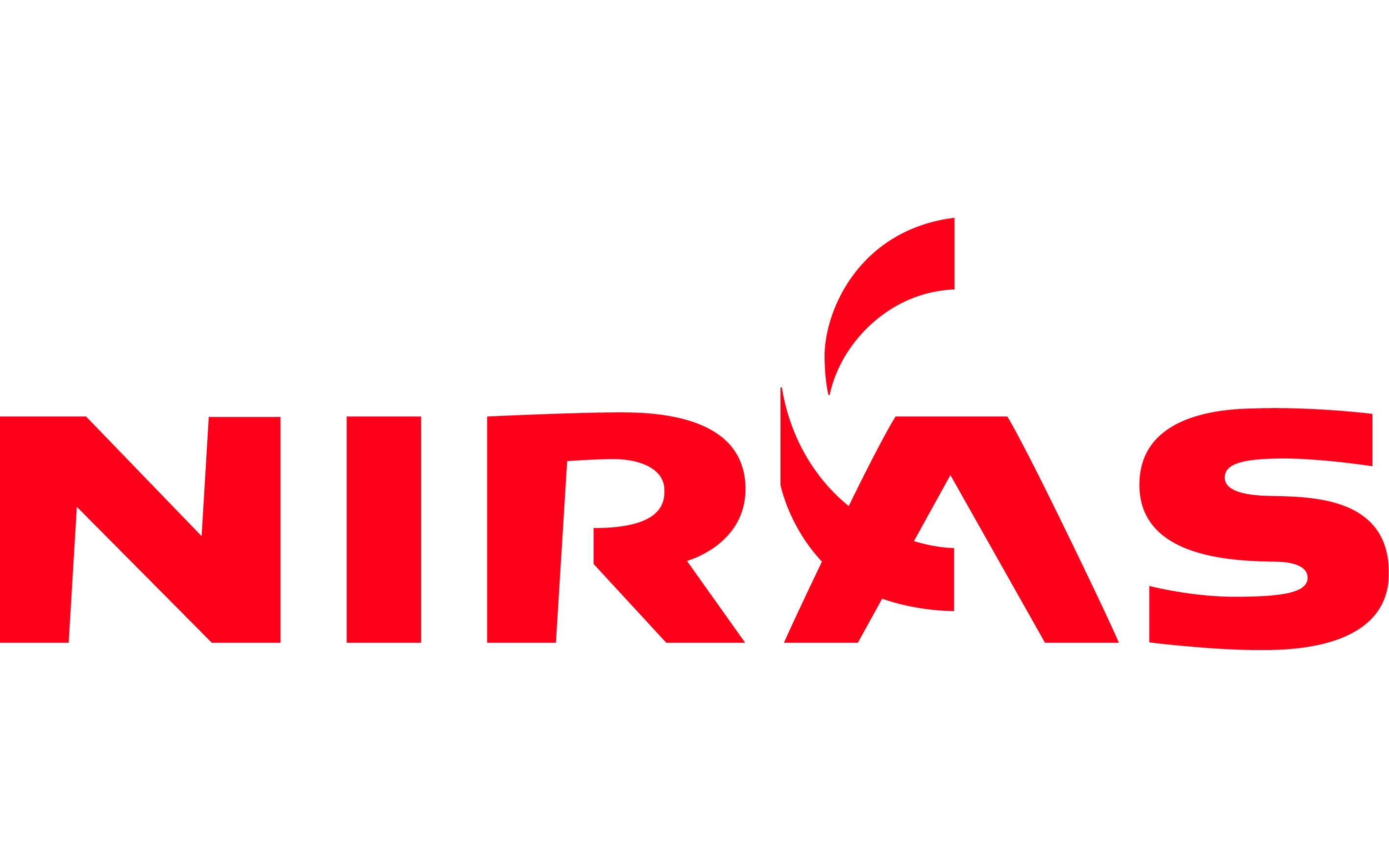









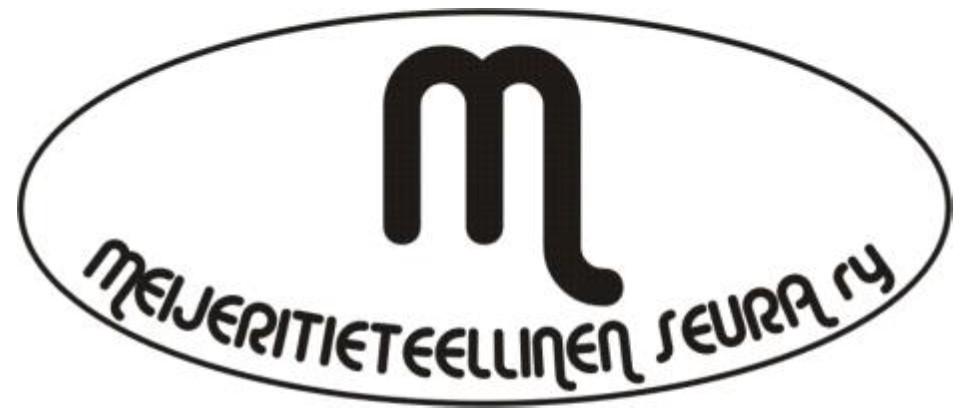


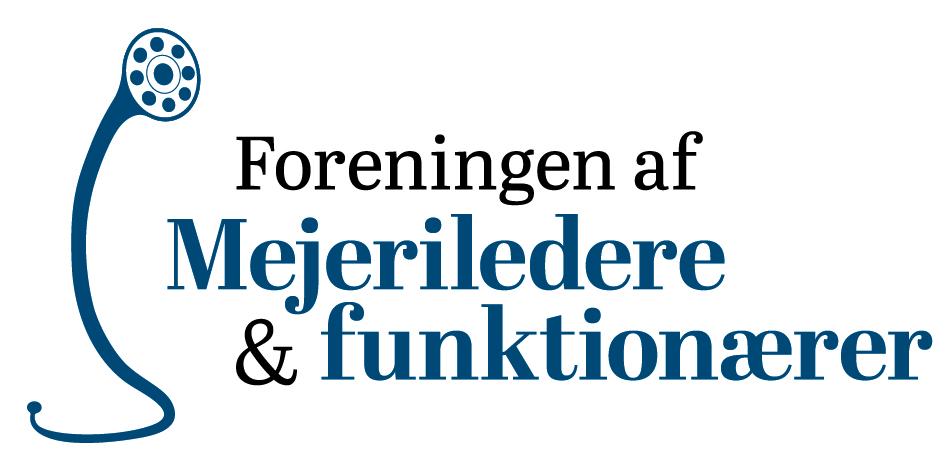



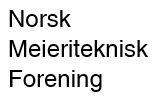
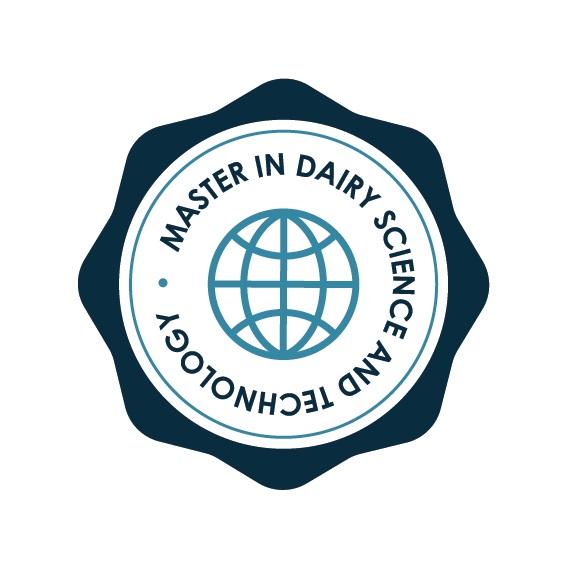


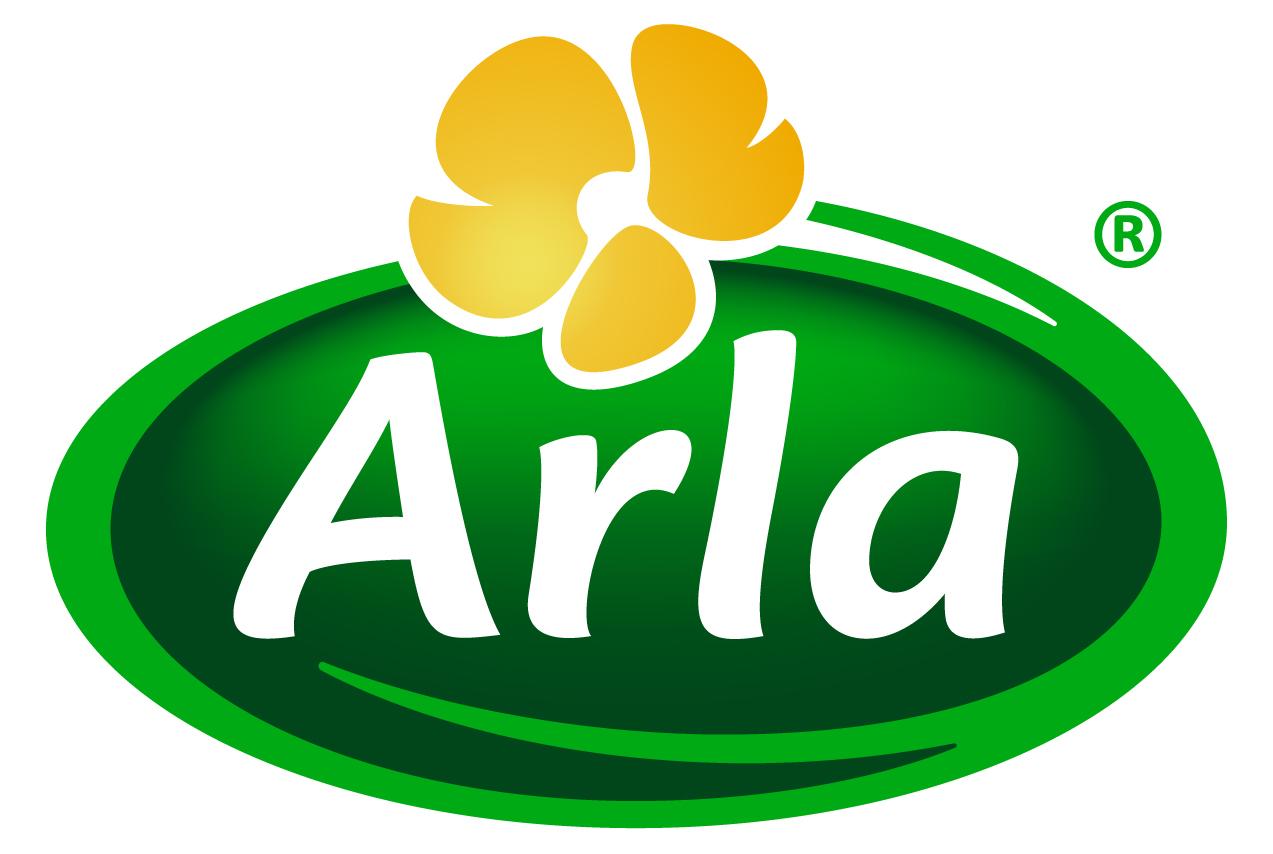

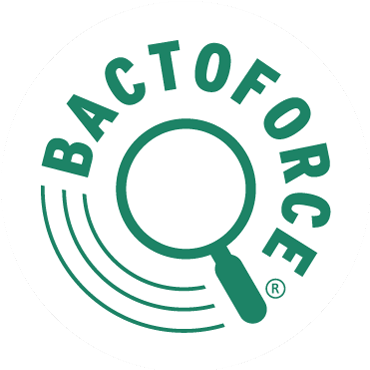

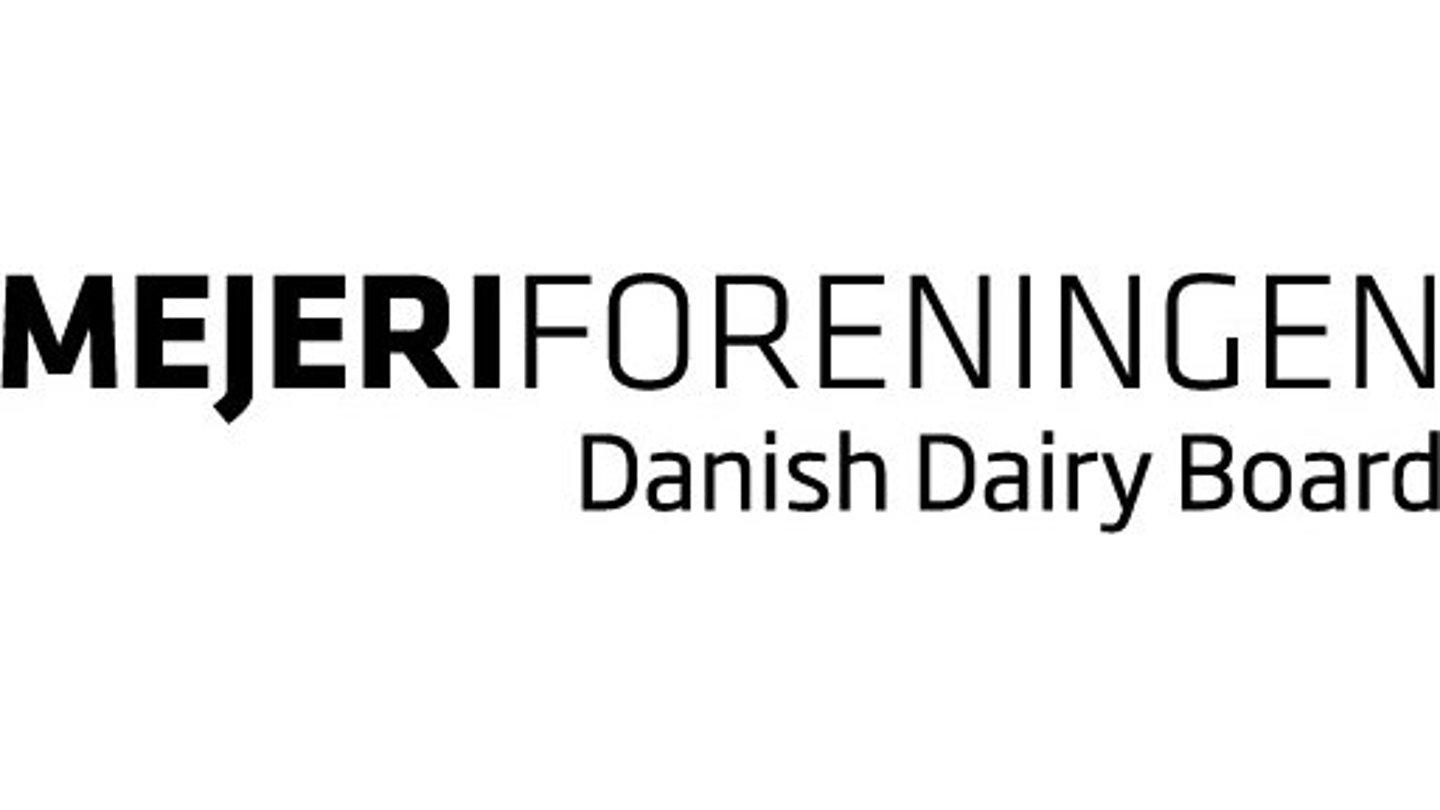
 Munkehatten 28
Munkehatten 28